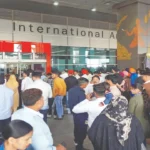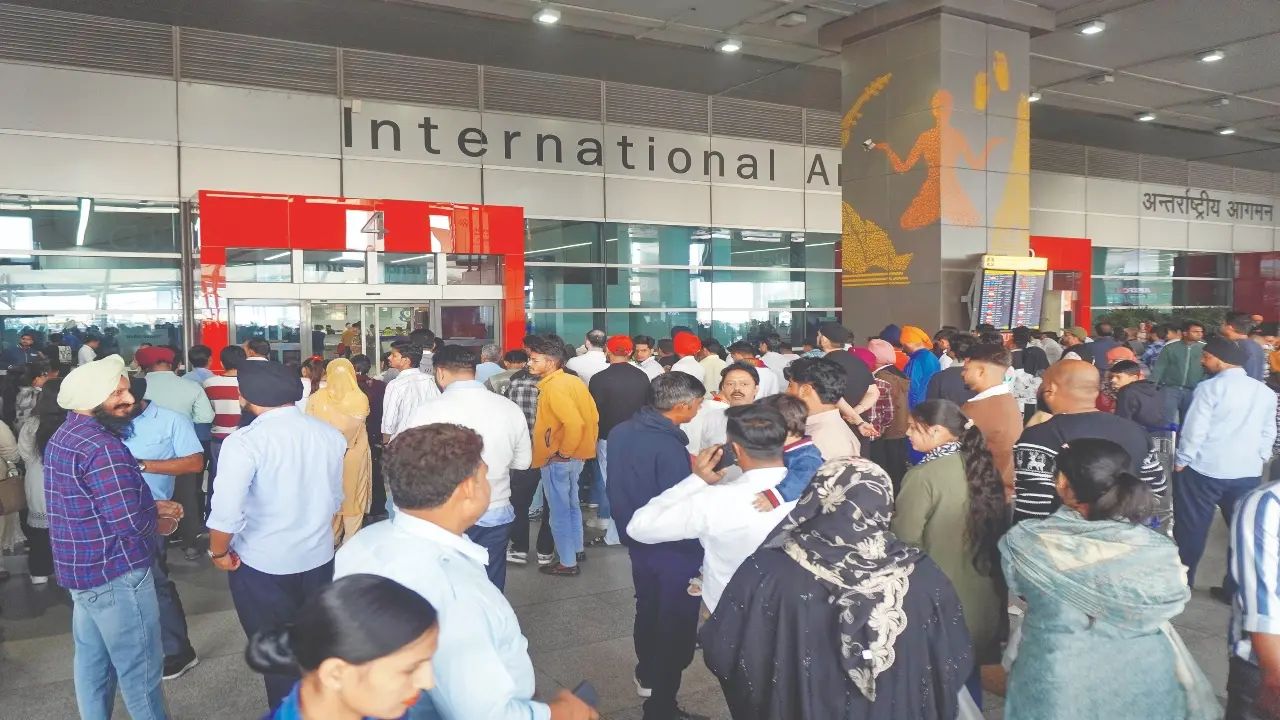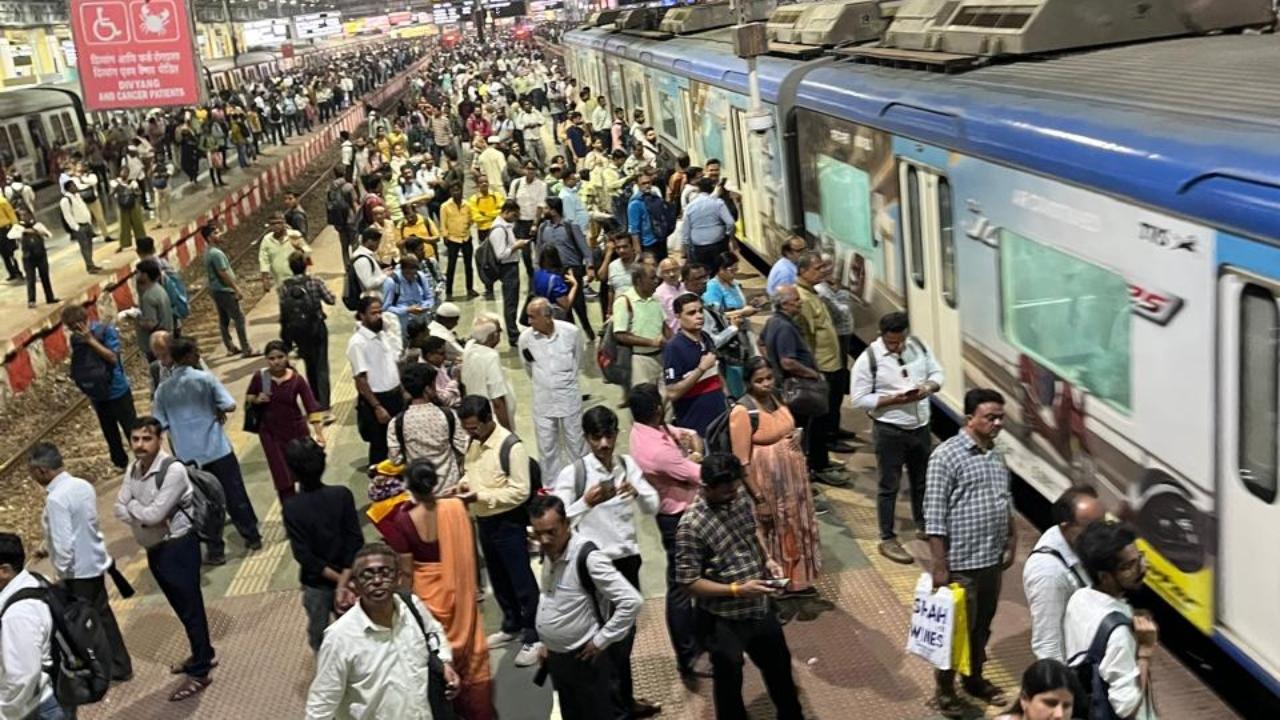The Navi Mumbai Coastal Road project, which will connect India’s longest sea bridge, the Atal Setu, to the newly inaugurated Navi Mumbai International Airport (NMIA), has achieved 60 per cent physical progress, according to the City and Industrial Development Corporation (CIDCO), reported the PTI.
The 7-km six-lane corridor—comprising a 5.8 km coastal road and a 0.9 km Airport Link Road (ALR)—is being developed as a key infrastructure project to enhance connectivity between NMIA, the Mumbai Trans Harbour Link (MTHL), and major economic hubs such as the Jawaharlal Nehru Port Authority (JNPA) and Navi Mumbai Special Economic Zone (NMSEZ).
CIDCO vice-chairman and managing director Vijay Singhal said that the project will decongest existing arterial roads and play a pivotal role in the region’s economic growth.
Once completed, it will ease traffic on Palm Beach Road, Amra Marg, and National Highway 348, reducing travel time between South Mumbai and Navi Mumbai.
To ensure durability and smooth connectivity, the project employs advanced engineering techniques such as prefabricated vertical drains (PVDs), stone columns, and rock fill sourced from the NMIA site, officials said.
The corridor will include flyovers, major bridges, and a railway overbridge to ensure uninterrupted traffic flow, they said.
Safety and sustainability measures will include LED lighting, smart traffic systems, anti-crash barriers, and modern signage throughout the route. The project is progressing on schedule and is expected to be completed in time for NMIA’s operational launch in December, the officials said.
Prime Minister Narendra Modi had last month inaugurated the Navi Mumbai International Airport, calling it a proud moment for India and a “long-awaited” step forward for the city.
The new airport is spread over 1,160 hectares in Ulwe, near Panvel. In the first phase, it will handle 20 million passengers per year, with plans to expand this to 90 million in the future. The airport was developed through a public-private partnership between Adani Group’s Mumbai International Airport Limited (MIAL) and CIDCO, a Maharashtra government agency.
The project was first approved in 2007 but faced delays due to land issues, environment clearances, and resettlement challenges. The Adani Group took over the project in 2021, and construction picked up pace, the statement said, adding that it is set to become one of the busiest and most significant aviation hubs in India.











